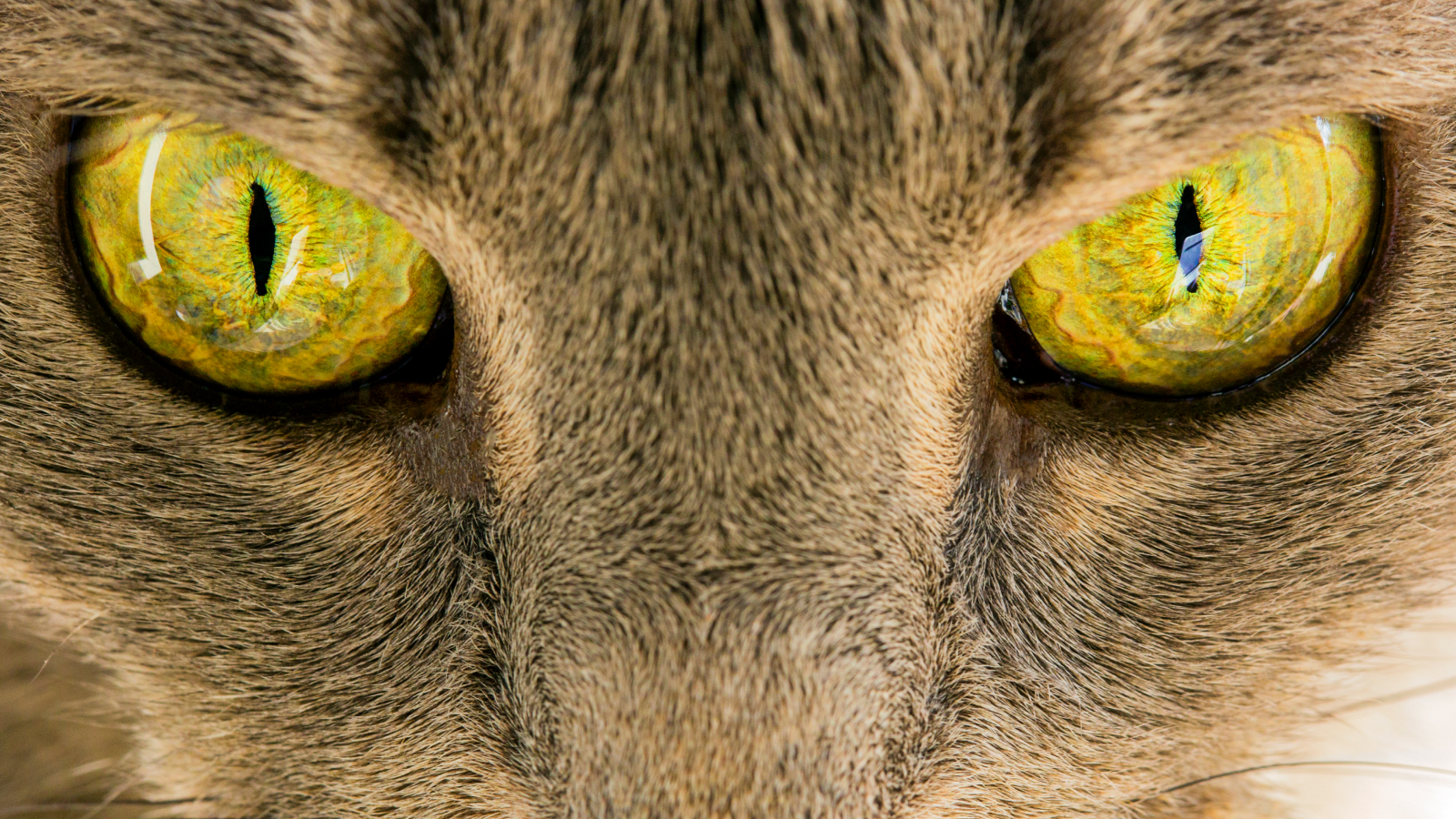
A new computer vision system inspired by cats' eyes could enable robots to see the world around them more accurately than ever before.
Robots, drones, self-driving cars and other autonomous systems are becoming more common, but they still struggle to see well in all environments and conditions. For example, self-driving cars perform poorly in rain or fog because these conditions affect the car's sensors and cameras.
Now, scientists have designed a new vision system that uses advanced lenses and sensors modeled on the structure of a feline's eye, leading to enhanced object detection and recognition. They outlined their computer vision system in a study published Sept. 18 in the journal Science Advances.
They chose a cat's eye for inspiration because our furry friends have great vision in both light and dark environments. During the day, a cat's pupil is a vertical slit-like shape that filters out light and reduces glare, helping a cat to focus. The pupil then widens to let in more light at night — with a reflective layer called the tapetum lucidum enhancing their vision by reflecting visible light back through the retina and increasing the light available to photoreceptors.
Similarly, the new system includes a slit-like aperture that helps to filter out unnecessary light and single out key objects in bright conditions, and then uses reflective layers like those found in cats' eyes to improve visibility in low-light conditions.
"Robotic cameras often struggle to spot objects in busy or camouflaged backgrounds, especially when lighting conditions change. Our design solves this by letting robots blur out unnecessary details and focus on important objects," study lead author Young Min Song, professor of electronic engineering at Gwangju Institute of Science and Technology (GIST) in South Korea, said in a statement.
And because the computer vision system relies on a specialized lens rather than hefty computer processing, it is more energy-efficient, Song added.
When the researchers tested their system, they found it successfully blurred background objects while maintaining a focus on the target object. They also used a neural network — a collection of machine learning algorithms designed to process information in a similar way to the human brain — to help the system better perceive important objects.
They added that for the system to be deployed in practical and commercial settings, they would need to improve the pixel resolution of the field of view. But it could, in the future, be integrated into robots and other machines, including military drones and surveillance robots, the scientists said.
In particular, the technology could be proficient enough to let the robots detect, track and recognize targets in constantly changing environments where it may be very difficult to see.







